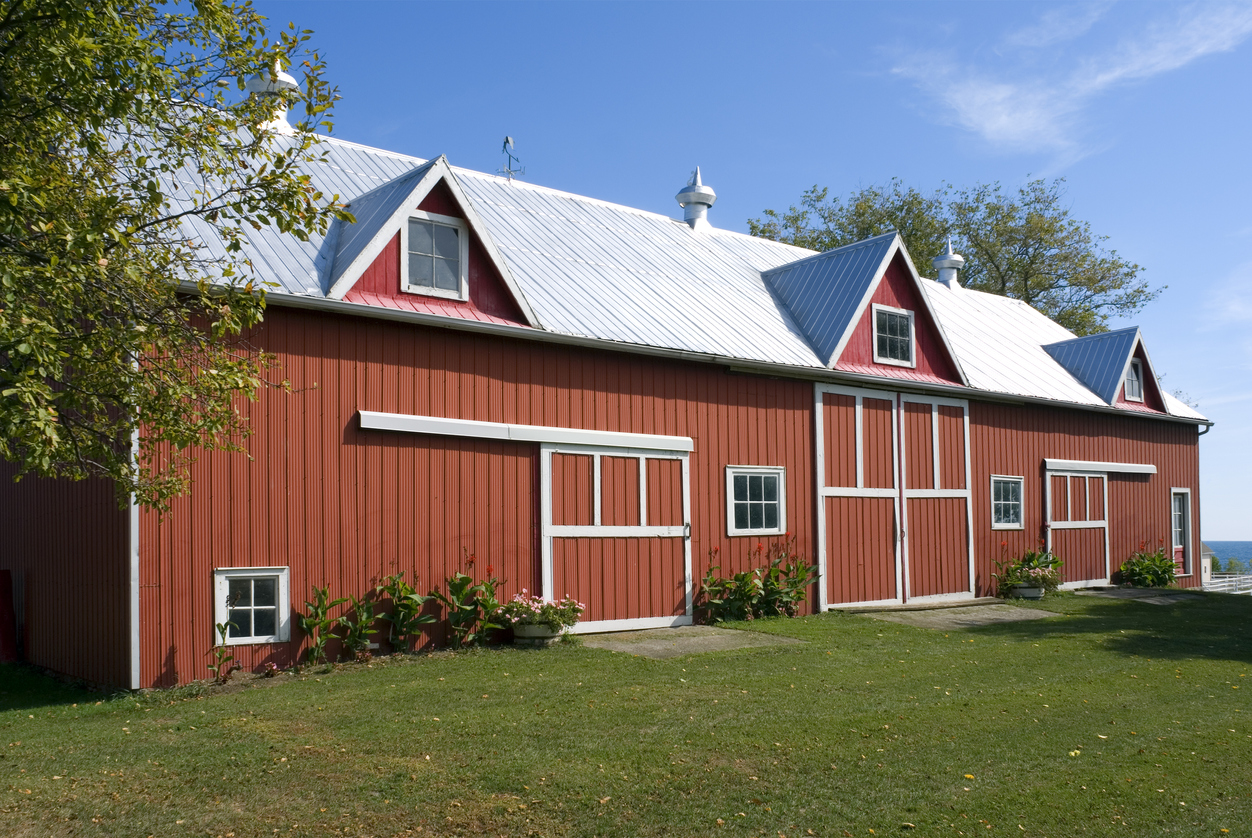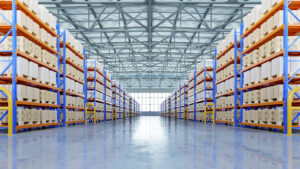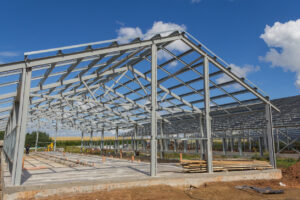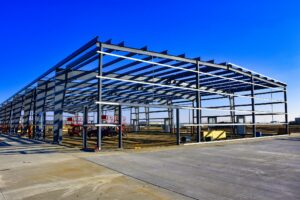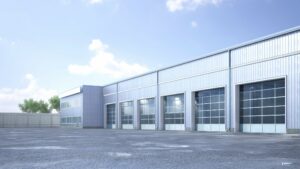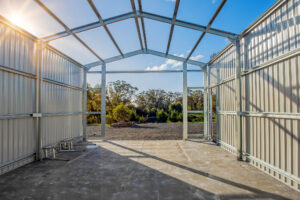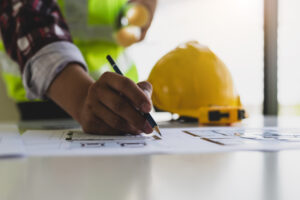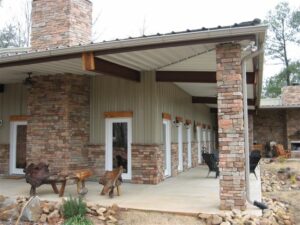Metal building homes offer a wide range of advantages, from a high degree of durability that makes metal buildings capable of standing up to even the harshest conditions to the ease with which they can be constructed. As with any type of home you might choose to build, though, the devil is in the details, and the design you develop for your metal building home is ultimately all-important. With that in mind, we’ll take a look at every factor you will want to consider when designing a metal building home in order to help you create a building that is sturdy, attractive, and built for functionality.
Size
There is no “standard” size for metal buildings. Instead, metal buildings can be designed to suit your needs, from buildings as small as a storage shed to buildings as large as an aircraft hangar. The first decision you will need to make as you go about designing your metal building home, therefore, is how much square footage you want your building to have. You will also want to consider whether to build a one-story or two-story home since metal buildings can be constructed with multiple stories just like traditional homes.
Material Quality
All metal buildings are made of metal, but not all types of metal are created equal. Some of the materials used to construct metal building homes offer more corrosion resistance, a higher strength-to-weight ratio, and a more attractive luster that will last for a longer period of time. Of course, higher quality metal often comes at an increased price tag. When designing a metal building home with long-term functionality in mind, though, it’s typically better not to cut corners on the material that you choose.
Climate and Environmental Considerations
One of the biggest benefits of metal buildings is the high degree of durability that enables them to stand up to whatever the outdoor elements happen to throw their way. In order to create a metal building home that will maintain its integrity for many decades to come, though, it is vital to carefully consider the specific climate and environmental conditions where your home is being built. If your area is prone to heavy rainfall, for example, you may want to consider adding an extra layer of high-quality waterproof coating to your building’s exterior. If hurricanes and earthquakes are a concern in your area, it’s essential to reinforce your metal building accordingly. It’s also vital to take into account the elevation of where you will be constructing your building and create an effective drainage system that will move water away from your building’s foundation.
Doors and Windows
The doors and windows in your metal building home play a significant role in both your home’s attractiveness and its functionality. Few things are more important in a home than proper lighting, and the windows in your home will solely determine how much light the interior of your home receives. Installing skylights is another great option to consider if you would like to let even more light into your home, though it is important to keep in mind energy efficiency concerns as well. The doors in your metal home, meanwhile, play a major part in determining how functional of a living space it ends up being. Take into account the floor plan of your home and the areas you will be accessing most frequently in order to install doors in the most convenient locations.
Roof Design
Metal building homes can be equipped with a variety of different roof designs. In addition to having a big impact on the visual appeal of your metal building home, a good roof design is also important for preventing snow and water buildup and the problems such as leaks, corrosion, and structural damage that water and snow buildup can cause. The most common type of roof for metal buildings is a gable roof, where two slopes join together at a ridge on the roof’s peak. A hip roof is another popular choice – albeit a more expensive one – where all sides of the roof slope down toward the walls in order to form a more pyramid-shaped structure. In addition to choosing the type of roof you want to install, it is also important to consider your roof’s pitch. The roof pitch of most metal buildings falls into the 1:12 to 4:12 range, but you may want to choose a steeper pitch if you live in an area where large amounts of snowfall is a concern. Just keep in mind that steeper pitched roofs tend to be a little more costly.
Contact SteelCo To Get Started
There are a lot of different factors that you will need to consider as you go about designing your metal building home. Thankfully, the metal building experts at SteelCo Buildings are able to help. If you would like to learn more about how the experienced professionals at SteelCo Buildings can help you design and construct a metal building home that is attractive, durable, and fully functional, feel free to contact us today.








